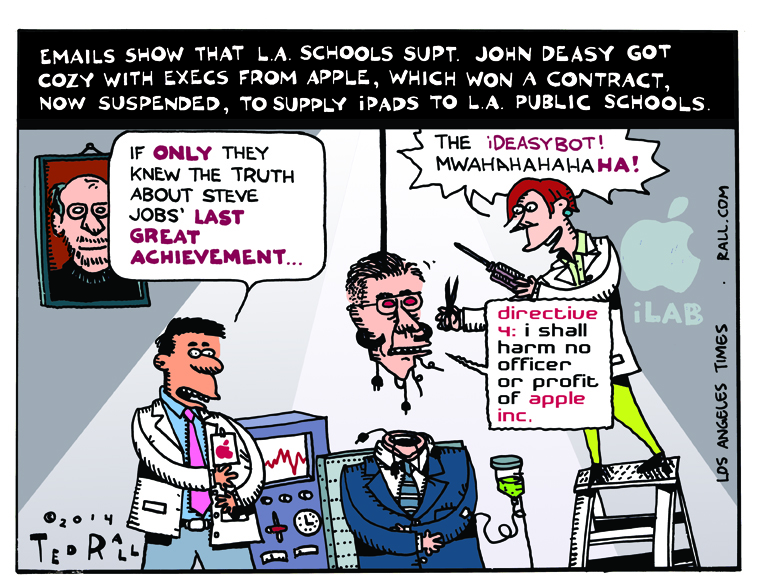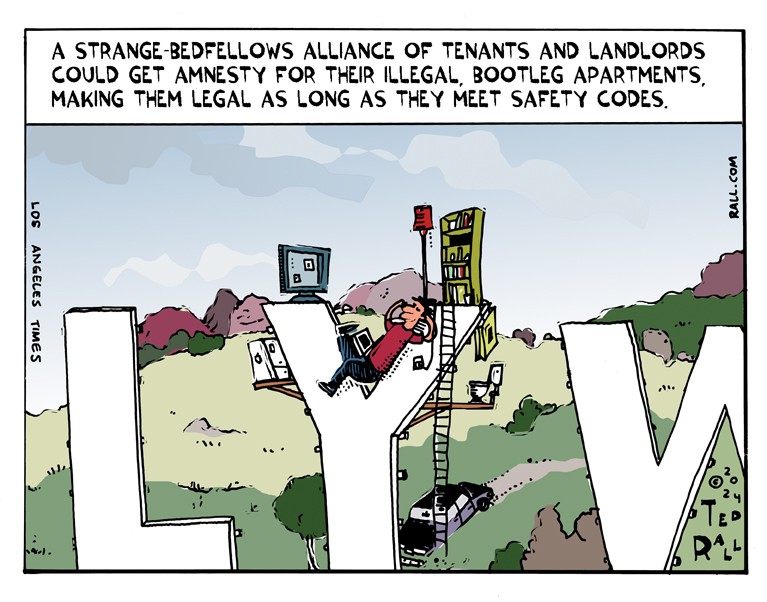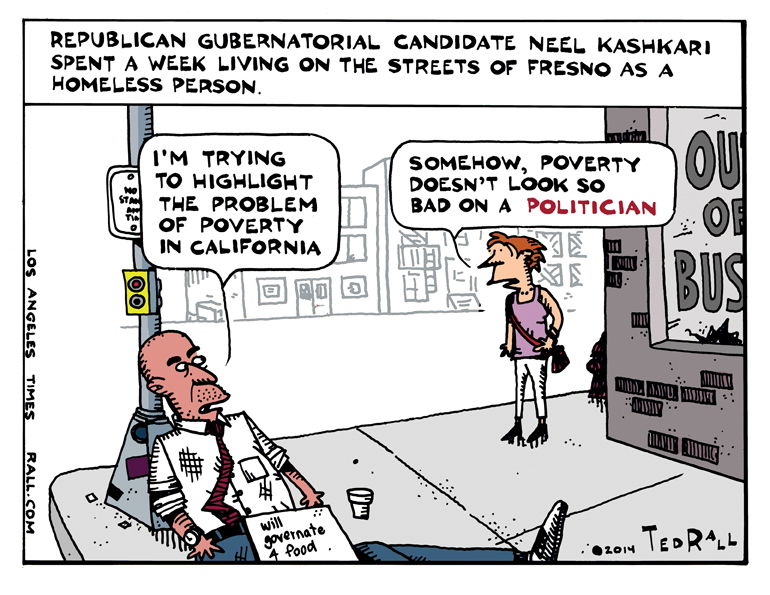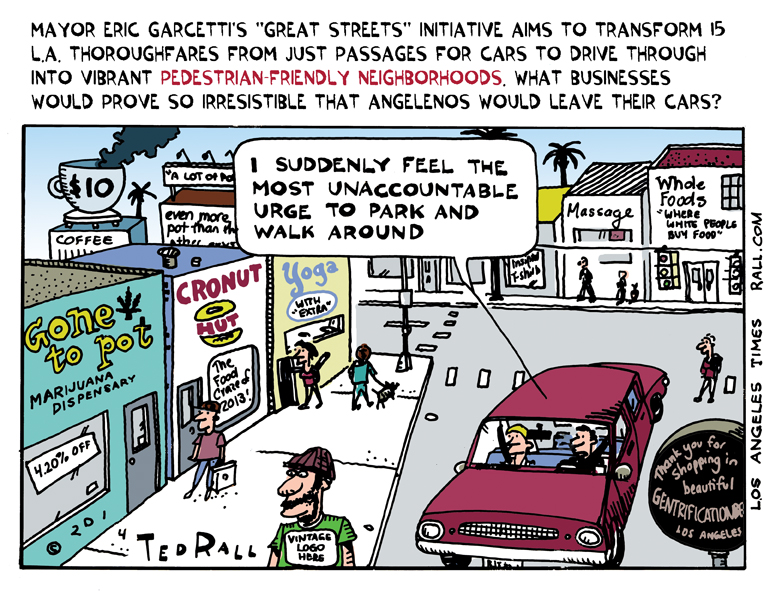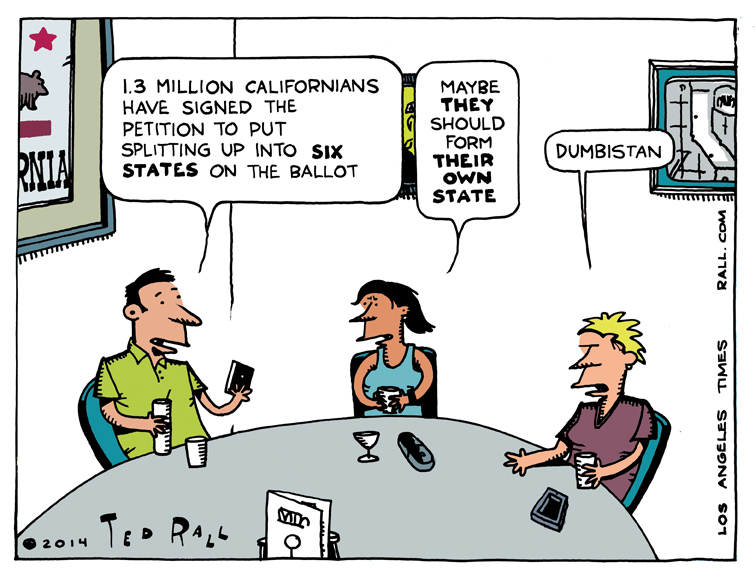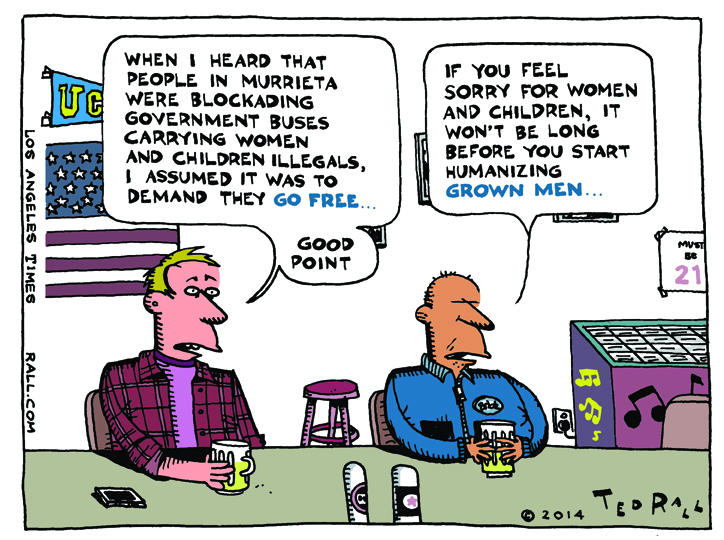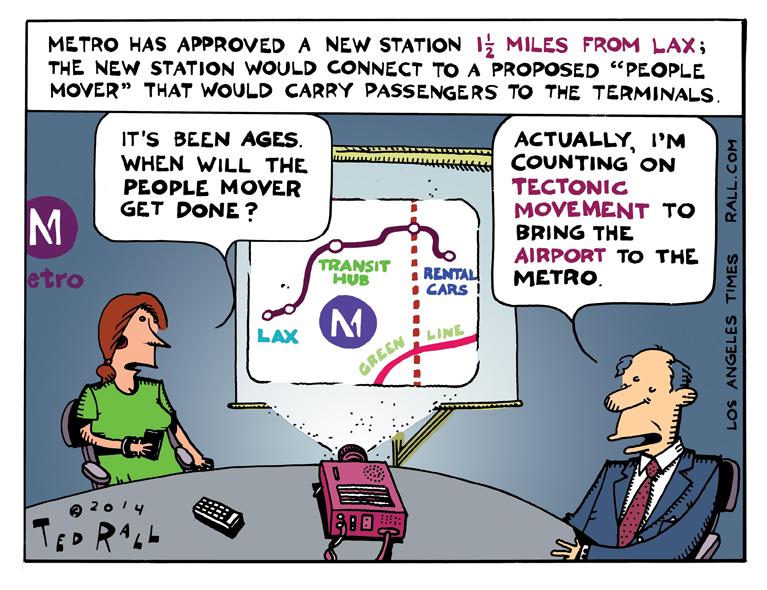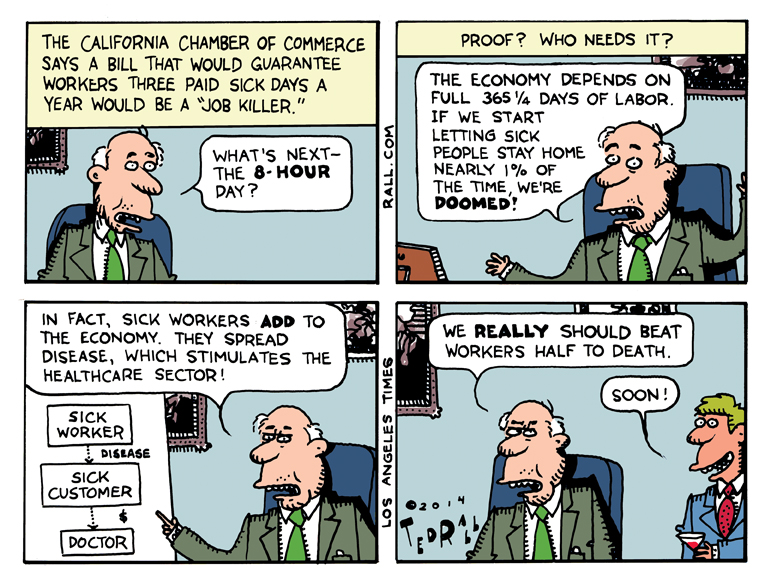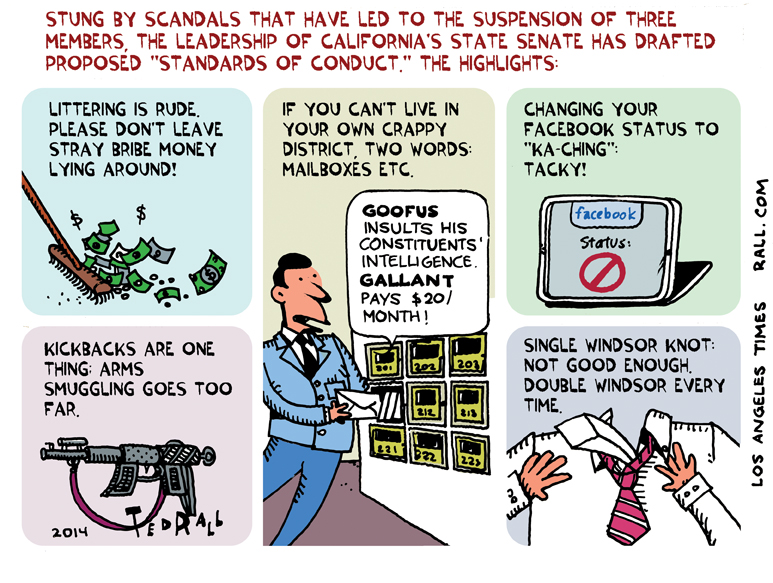It sounded like a great idea at the time: L.A. would give students a boost into the 21st century by putting tech directly into their hands. The city’s United School District would buy 700,000 iPads from Apple, each loaded with educational software supplied by Pearson, the major textbook publisher.
“In June 2013, the [Los Angeles] Board of Education approved a deal with the Apple/Pearson team after senior staff assured members that its proposal was both the least expensive and highest in quality, Pearson provided curriculum; Apple was to supply iPads,” Howard Blume writes in the Times.
Apple’s sleek tablets appeared in 47 Los Angeles public schools during the 2013-14 academic year. Right out of the gate, however, it became clear that there were problems with the $1 billion contract. At a time of drastic budget cuts and brutal teacher layoffs, Apple charged L.A. more per device than other districts had paid. Pearson’s software was glitchy and incomplete. Schools weren’t set up to deal with security concerns — protecting the hardware, and blocking students from viewing inappropriate Internet content proved difficult. The district bought iPads at full cost even though their model was about to be replaced by a newer version. “Students at three campuses, for example, deleted security filters so they could browse the Internet — prompting officials to prohibit the use of the devices outside school. At times, officials also provided conflicting or incorrect answers about the project to a technology committee headed by school board member Monica Ratliff.”
When government bureaucracies wind up paying too much money to private contractors for goods and services that fall short — especially when the deal gets cut quickly — it’s reasonable to wonder whether the bidding process was open and transparent. Based on a series of emails disclosed at the request of the Times under the California Public Records Act, communications between L.A. schools superintendent and executives at Pearson and Apple, and the complaints of rivals who tried to land the district’s business, appear to indicate that an arm’s-length approach gave way to a level of institutional coziness that verges on outright political corruption.
“It looked like Apple was positioned to be the choice,” Chiara Tellini of Irvine-based Mind Research Institute, groused to Blume.
From Blume’s report:
In one email, from May 24, 2012, then-Deputy Supt. Jaime Aquino seems to strategize with higher-ups from Pearson, an international education-services company, on how to ensure that it got the job.
“I believe we would have to make sure that your bid is the lowest one,” wrote Aquino, who was an executive with a Pearson affiliate before joining L.A. Unified.
Deasy was one of the last to participate in that email exchange and made his comments after Aquino’s, which covered several topics.
“Understand your points and we need to work together on this quickly,” Deasy wrote. “I want to not loose [sic] an amazing opportunity and fully recognize our current limits.”
Charming.
(More from Blume: “On Sunday, Deasy said that the conversations were only about a ‘pilot program we did at several schools months before we decided to do a large-scale implementation. We did work closely on this pilot.'”)
Under fire and possibly facing an ethics probe, L.A. Unified has suspended the Apple/Pearson deal.
“You should make every bidder think they have a slim chance of getting the job,” Stuart Magruder, a school bond oversight committee member who questioned the deal at the time and got fired over it only to be later reinstated, told Times columnist Steve Lopez. Deasy “didn’t do that.” Lopez is not alone in wondering aloud whether Deasy’s days at L.A. Unified are numbered.
If not, they ought to be. In politics as in business, there’s little effective difference between the appearance of impropriety and outright corruption. Taxpayers have the right not to have to wonder whether their money is being safeguarded — and students have the right not to know they’re being shortchanged by a regime heavy on high tech and low on actual teaching.

